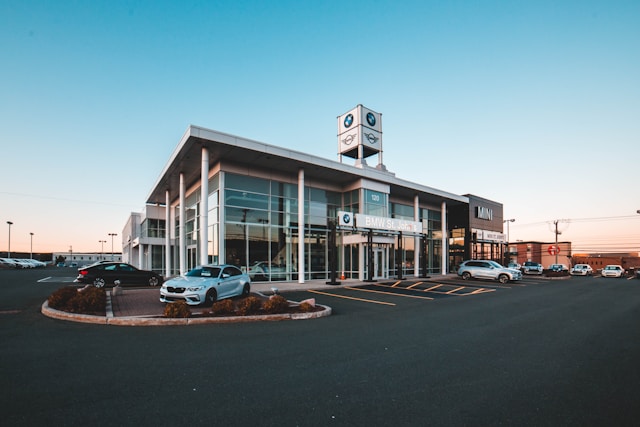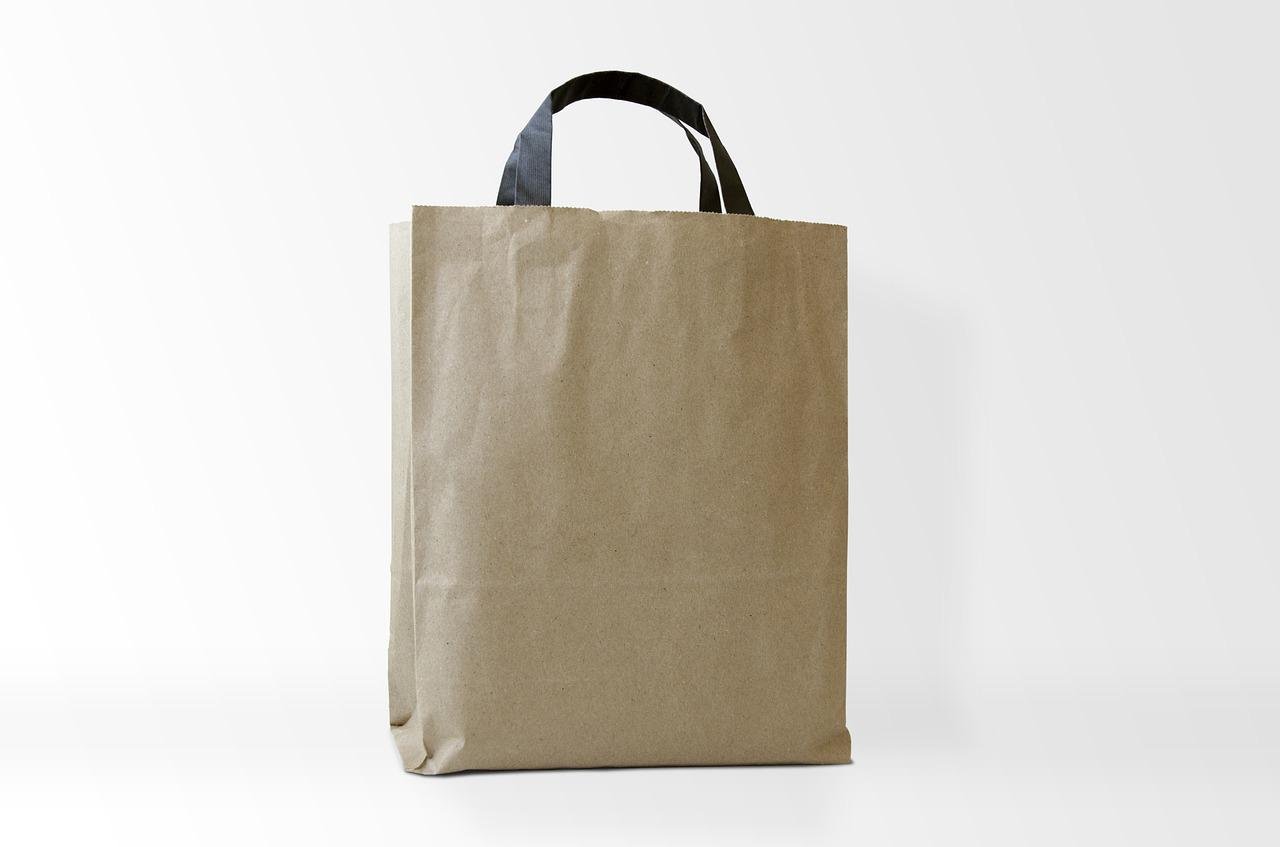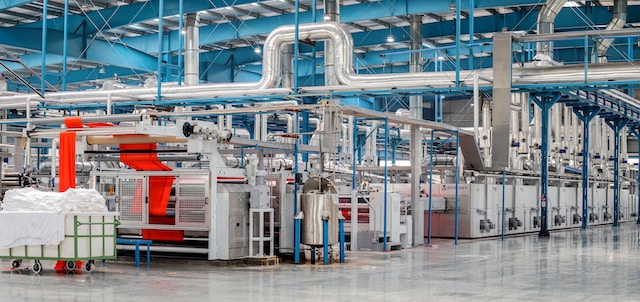While there is not a universal definition for eco-friendly packaging, there are several key ideas that packaging designs must meet to be taken into consideration as sustainable. It includes safety for customers and the surroundings in the course of its lifecycle and reduces emissions as much as feasible at some stage in manufacturing/transportation.
Maximizes the use of renewable and/or recycled packaging material while box manufacturing to meet eco-conscious customers’ requirements. The retail industry is a vast industry that includes companies that sell a variety of goods and products to potential buyers.
It means the retail industry targets a wide audience which requires great attention to implementing eco-friendly packaging in the retail industry if you want to save the world. This article is all about discussing how you can implement sustainable packaging solutions in retail so let’s begin:
1. Choose Biodegradable & Recyclable Materials
One of the most crucial steps to make your retail packaging more sustainable is to select materials that can be biodegradable or recyclable, which include paper, cardboard, bamboo, or cornstarch.
These materials are derived from renewable resources, decompose quicker, and reduce the quantity of plastic and different harmful materials that come to be in landfills or oceans. You also can look for materials that have a low carbon footprint, including recycled materials, or ones that are certified by environmental agencies.
2. Use Eco-Friendly Labels
Remember to involve your business in the choice-making method and educate them approximately the importance of sustainable practices. Continuous improvement and innovation will contribute to making more sustainable retail boxes through the years. Adopt minimalist packaging designs that use much less fabric, selling sustainability and reducing typical waste.
Eco-friendly labels are typically manufactured with the usage of environmentally friendly materials and have been designed to lessen the carbon footprint of the organization that makes them. Here are some alternatives for recycled and renewable materials to your product label:
- PLA (polylactic acid)
- Tree-free labels
- FSC-certified paper
- Alternative inks
- Thinner materials
3. Reduce the Size & Quantity of Packaging
Another way to make your retail packaging greater sustainable is to lessen the size and quantity of packaging that you use for your merchandise. This allows you to reduce the cost of material use for box manufacturing, and lessen transportation charges and shipment costs.
You can do that by optimizing the shape and layout of your packaging, using much less filler or cushioning material, and putting off unnecessary layers or additives. You can also take into account using reusable or refillable packaging options, inclusive of glass jars, reusable packaging, or metal tins.
Reuse and recycling of packaging are generally neglected because it does not fit the story. If your bundle is just too small, it goes into the garbage or maybe recycled. Frequently, larger packaging containers are repackaged or stored separately. Reuse is an awful lot higher than recycling.
4. Communicate Your Sustainability Efforts
A 1/4 strategy to make your retail packaging more sustainable is to speak about your sustainability efforts to your customers and stakeholders. This permits you to build belief, loyalty, and differentiation for your brand, in addition to teaching and encouraging your target market to undertake greater eco-friendly behaviors.
You can do this by labeling your packaging with clean and honest facts about the materials, certifications, and disposal methods that you use, in addition to your commitment to the environment. You also can use your packaging as a storytelling tool, by incorporating your brand values, project, and imagination.
5. Train and Encourage Your Team
The fifth method to make your retail packaging extra sustainable is to teach and encourage your team to comply with and aid your sustainability initiatives. This will let you ensure consistency, satisfaction, and performance in your packaging processes, in addition to fostering a culture of environmental awareness and duty.
You can do this by offering your group regular schooling and remarks on the excellent practices and standards for sustainable packaging, as well as the advantages and effects of your movements. You can also praise and recognize your group for their contributions and achievements, and inspire them to percentage their ideas and pointers for development.
6. Collaborate Along with Your Providers and Partners
You also need to collaborate with your suppliers and partners who are concerned about your packaging price chain. This can help you leverage their information, resources, and networks, as well as align your objectives and expectations. You can do that with the aid of selecting suppliers and partners who percentage your dedication to sustainability, and who can provide you awesome, revolutionary, and budget-friendly solutions. You also can communicate and coordinate with them often and are looking for their feedback and enter for your packaging overall performance and possibilities.
How about thinking differently and taking part together with your clients as well? Engage them rather than talk to them. Packaging demanding situations due to the fact you need to do the proper thing with them, and no longer just for promoting reasons. Some companies already do this with a collaborative story. Together we will make a larger effect and also long-lasting.
Customers’ feedback and opinions can pressure reuse or upcycling that’s better than recycling and waste regardless of material choice. Sustainable packaging material Ask them what compromise they would be inclined to make if they had a choice between two alternatives.







